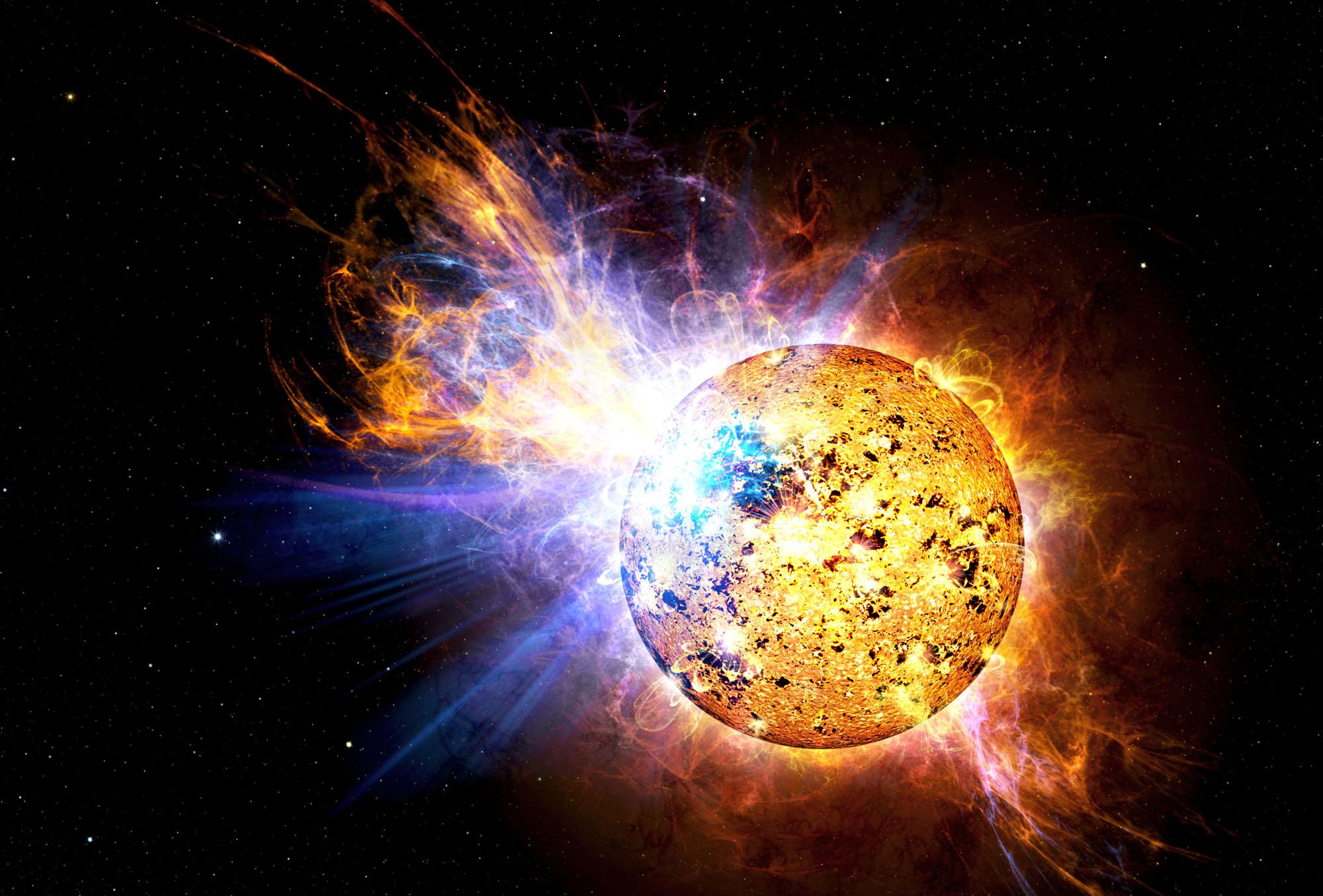| Description: | Stellar flares are the most dramatic example of variability from non-degenerate stellar objects. They are one manifestation of magnetic activity which is experienced by all solar-like stars to varying degrees. The impact of solar flares on life on Earth can be viscerally experienced. Flares are pan-chromatic and diagnostics available in different regions of the electromagnetic spectrum reveal information about the flare-heated plasma and flare-accelerated particles. I will describe advances in instrumentation at both radio and X-ray wavelengths which allow for unique ways of observing stellar flares with interesting results: on the one hand, wide-band radio spectrometers harness frequency and time resolution to give information on plasma instabilities occurring during large stellar flares, while on the other, a fast response observing capability for large stellar flares provides new diagnostics of accelerated particles and flaring loop structures. I will also describe how future instrumentation can lead to even more insights into stellar flare physics.
The image above shows a flare on EV Lacertae (artists conception). EV Lacertae is a faint red dwarf star 16.5 light years away in the constellation Lacerta. On 25 April 2008, NASA's Swift satellite picked up a record-setting flare from EV Lacertae. This flare was thousands of times more powerful than the largest observed solar flare. The flare would have been visible to the naked eye, if the star had been in an observable part of the night sky at the time. It was the brightest flare ever seen from a star other than the Sun. Image Credit: Casey Reed/NASA. |

